Where Is Cinnamon From? A Spicy Journey Through Time, Taste & Culture
Hey spice explorers! Have you ever looked at that little bottle of cinnamon on your kitchen shelf and wondered, "Where in the world did this magical powder come from anyway?" Well, wonder no more! In this post, we're diving deep into the aromatic history, geography, and even the culinary superpowers of cinnamon. Buckle up—it’s going to be a flavorful ride!
Table of Contents
- The Sweet (and Savory) History of Cinnamon
- Cinnamon Varieties: Ceylon vs Cassia – What’s the Diff?
- Where Is Cinnamon From? Growing Regions Around the Globe
- From Apple Pie to Ayurveda: How We Use Cinnamon Today
- Spice Tips: How to Choose, Store & Use Cinnamon Like a Pro
- Global Spice Traditions: Cinnamon Across Cultures
- Science Says: Is Cinnamon Actually Good for You?
- The Future of Cinnamon: Sustainability & Ethical Sourcing
The Sweet (and Savory) History of Cinnamon
Cinnamon isn’t just a modern pantry staple—it’s been a big deal for thousands of years! Ancient Egyptians used it in embalming, while Roman elites splurged on it like it was the latest tech gadget.
In fact, back in the day, cinnamon was worth its weight in gold—literally! Traders from the Middle East guarded the origins of cinnamon so fiercely that people thought it came from birds’ nests in Arabia. Yep, seriously.
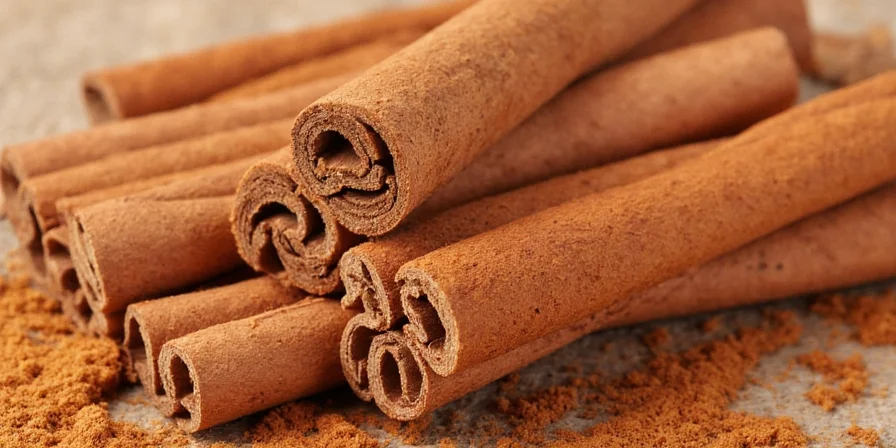
Cinnamon Varieties: Ceylon vs Cassia – What’s the Diff?
When most folks ask, “Where is cinnamon from?” they’re often surprised to learn there are different kinds—and where it comes from matters!
| Type | Origin | Flavor Profile | Common Uses |
|---|---|---|---|
| Ceylon Cinnamon | Sri Lanka | Mild, sweet, complex | Baking, desserts, herbal teas |
| Cassia Cinnamon | China, Indonesia, Vietnam | Strong, spicy, slightly bitter | Cooking, spiced drinks, mass-market products |

Where Is Cinnamon From? Growing Regions Around the Globe
The real question here is: Where *isn’t* cinnamon grown today? While ancient trade routes once kept its origin shrouded in mystery, we now know exactly where this beloved spice calls home.
- Sri Lanka – The homeland of Ceylon cinnamon
- Indonesia – Big player in Cassia production
- China – Long-standing Cassia exporter
- Vietnam
- Brazil – Emerging producer
Each region brings its own microclimate and growing conditions, which subtly influence the flavor and aroma of the bark.
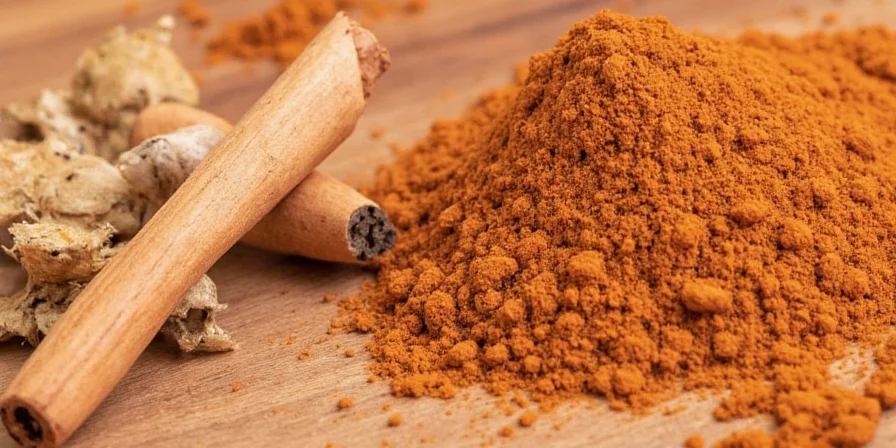
From Apple Pie to Ayurveda: How We Use Cinnamon Today
Cinnamon is the ultimate multitasker. Here's how it's being used around the globe:
- United States: Baked goods, hot cocoa, pumpkin spice everything
- India: In chai, curries, and traditional medicine
- Mexico: In coffee, mole sauces, and cinnamon-dusted fruit
- Middle East: In savory dishes like kabsa and baklava
- Northern Africa: In tagines and spiced meat dishes
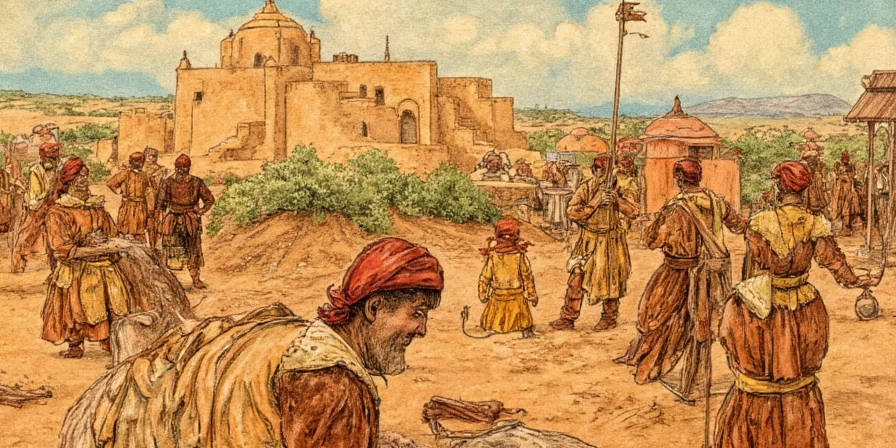
Spice Tips: How to Choose, Store & Use Cinnamon Like a Pro
Let’s get practical—here’s how to keep your cinnamon fresh, flavorful, and ready for action:
- Buy sticks instead of powder when possible – They last longer and retain flavor better.
- Store in a cool, dark place – Sunlight and heat are not your friend.
- Grind fresh before use – For maximum punch, grind your own sticks.
- Pair wisely – Works best with vanilla, citrus, chocolate, and nuts.
- Try it in savory dishes – Don’t limit yourself to dessert!

Global Spice Traditions: Cinnamon Across Cultures
Cinnamon plays starring roles in many cultures. Here’s a quick global tour:
- Chinese Medicine: Used to treat colds, digestive issues, and circulation problems.
- Hindu Rituals: Burned as incense during religious ceremonies.
- European Christmas: Found in mulled wine, gingerbread, and holiday cookies.
- Arabian Nights: Mixed into perfumes, sweets, and meats.
- Latin America: Sprinkled over fruits, mixed into horchata, or added to coffee.
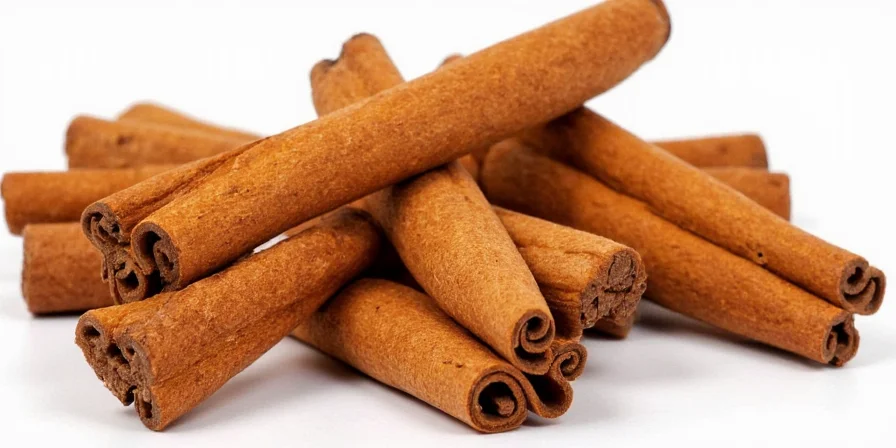
Science Says: Is Cinnamon Actually Good for You?
You’ve probably seen headlines claiming cinnamon can cure everything from diabetes to heart disease—but let’s break it down with some actual science.
- Antioxidant Powerhouse: Loaded with polyphenols that fight oxidative stress.
- Anti-Inflammatory: Helps reduce inflammation in the body.
- Blood Sugar Regulation: Some studies suggest it may help manage glucose levels.
- Brain Boost: May improve cognitive function and memory.
But remember: moderation is key. Too much cassia cinnamon (especially from low-quality sources) can contain coumarin, which can be harmful in large doses.

The Future of Cinnamon: Sustainability & Ethical Sourcing
As our appetite for cinnamon grows, so does the need for responsible farming practices. Here’s what to look out for:
- Support fair-trade certified brands – Ensures farmers are paid fairly.
- Choose organic – Reduces pesticide use and soil degradation.
- Ask about sourcing – Brands should be transparent about where their cinnamon comes from.
- Avoid overharvesting – Sustainable harvesting helps protect wild cinnamon trees.
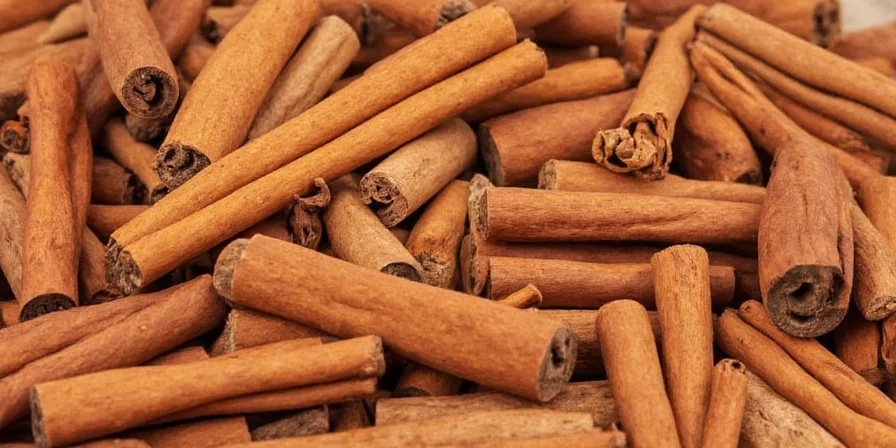
Conclusion
So, where is cinnamon from? Now you know it’s more than just a spice aisle item—it’s a rich blend of culture, history, flavor, and tradition. Whether it’s gracing your morning oatmeal or adding warmth to an Indian curry, cinnamon has traveled through time and across continents to land in your hands.
Next time you reach for that cinnamon stick or bottle, take a moment to appreciate the journey behind the flavor. And hey, if you ever find yourself in Sri Lanka or Sumatra, maybe say hello to the local growers—you might just pick up a new recipe or two.
Now go forth and spice things up—responsibly!

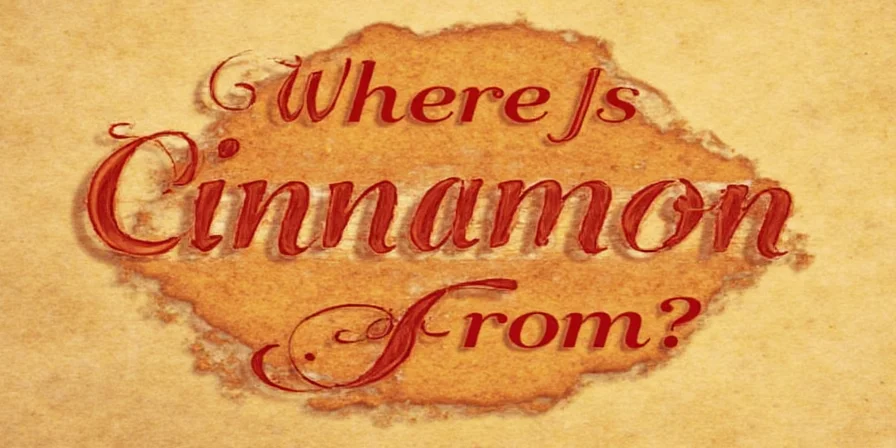









 浙公网安备
33010002000092号
浙公网安备
33010002000092号 浙B2-20120091-4
浙B2-20120091-4